This week should have marked the end of Covid-19 lockdown, but it was extended by the Narendra Modi government for two more weeks. In the next two weeks, all discussion will centre around one question — did the lockdown work? Here are five ways to evaluate if it worked, where India measures up on these metrics, and a rough guess of who is likely to favour which indicator.
Data without details
The first metric is whether the total number of confirmed cases at the end of the lockdown is lower or higher than what models predicted. This has been the preferred metric of the health ministry. On 11 April, the joint secretary of the health ministry, Lav Agarwal, presented a graph at the daily press briefing. He said it showed that the lockdown prevented over 8.1 lakh cases of Covid-19.
The graph’s assumption is that without lockdown and containment, cases would have grown at 41 per cent every day, and we would have had 8.2 lakh Covid-19 cases by 15 April. The ministry also assumed that if we had implemented only containment measures but no lockdown, the cases would have grown at a slightly slower rate but we would have still had 1.2 lakh cases by 15 April. Instead, by 11 April, we had just around 7,500 cases. However, the government provided no details of the mathematical or epidemiological models that projected these numbers.
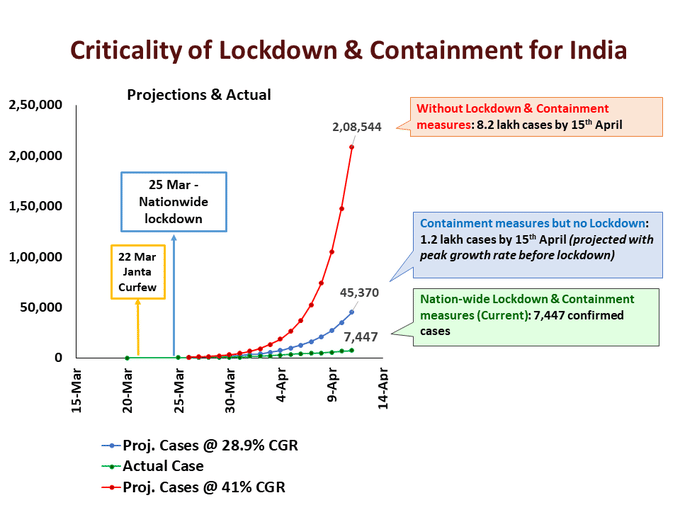
This remains the government’s preferred mode of defending the lockdown. On 24 April, Niti Aayog’s V.K. Paul, chairman of the Empowered Group One, presented an even less statistically sound graph at a press conference. This graph showed a curve that was not just flattening, but curving down and hitting 0 by 16 May. Paul said, “The curve has begun to flatten. Had we not taken the decision of clamping the nationwide lockdown, we would have had around one lakh Covid-19 cases by now, as per a reasonable estimate. Now, the outbreak is under control.”
Once again, the assumptions underpinning the growth rates and the sudden dip and crash in the graph were not mentioned.
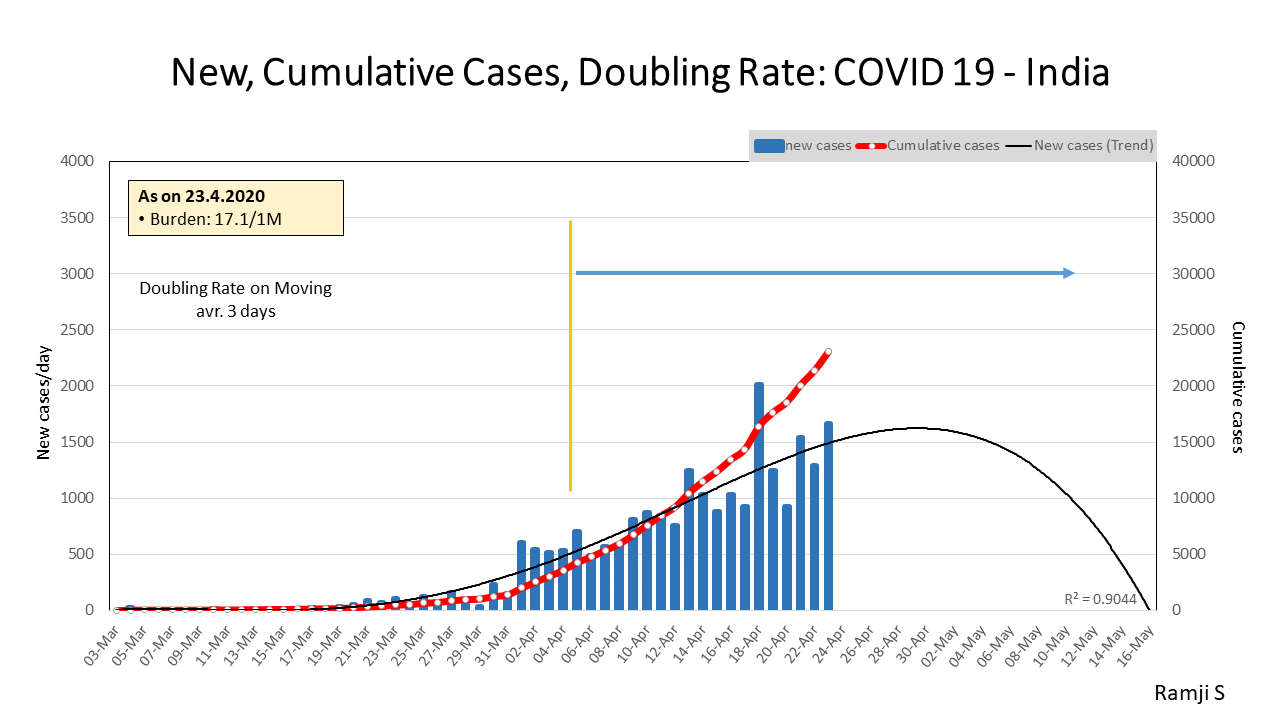
But it is true that India still has fewer cases than what some believed the country could have seen by now. On 22 March, for instance, a team of bio-statisticians from the University of Michigan used predictive modelling and estimated that India could have 1.25 lakh confirmed cases by 25 April. So, does this prove the lockdown was a success in India?

What the government appears to have missed or is ignoring is that all the models developed in mid-late March provided projection for confirmed cases ‘in the absence of interventions’. These models made a case for lockdown, which by its very definition, will ensure that there isn’t a sharp spike — for now.
“The purpose of the lockdown is essentially to halt unrestricted transmission in the community from people who are infected to people who are susceptible,” Gautam Menon, professor of Physics and Biology at Ashoka University and an expert in epidemiological modelling, said. A lockdown resulting in a gentler rise in cases doesn’t prove its success then — it is just doing what a lockdown is specifically designed to do. It’s what the government has been able to do during this breathing time is what matters, Menon says.
Also Read: Slowing infection, better recovery but mixed bag in states: What India gained from lockdown
New cases and doubling time
The second metric is whether the number of new confirmed cases every day is falling. This is the metric, Menon thinks is a better indicator of the ‘success’ of the lockdown. By this indicator, the lockdown would appear to not be a success, given that the last few days have seen the highest numbers of new cases each day, rather than a decline.
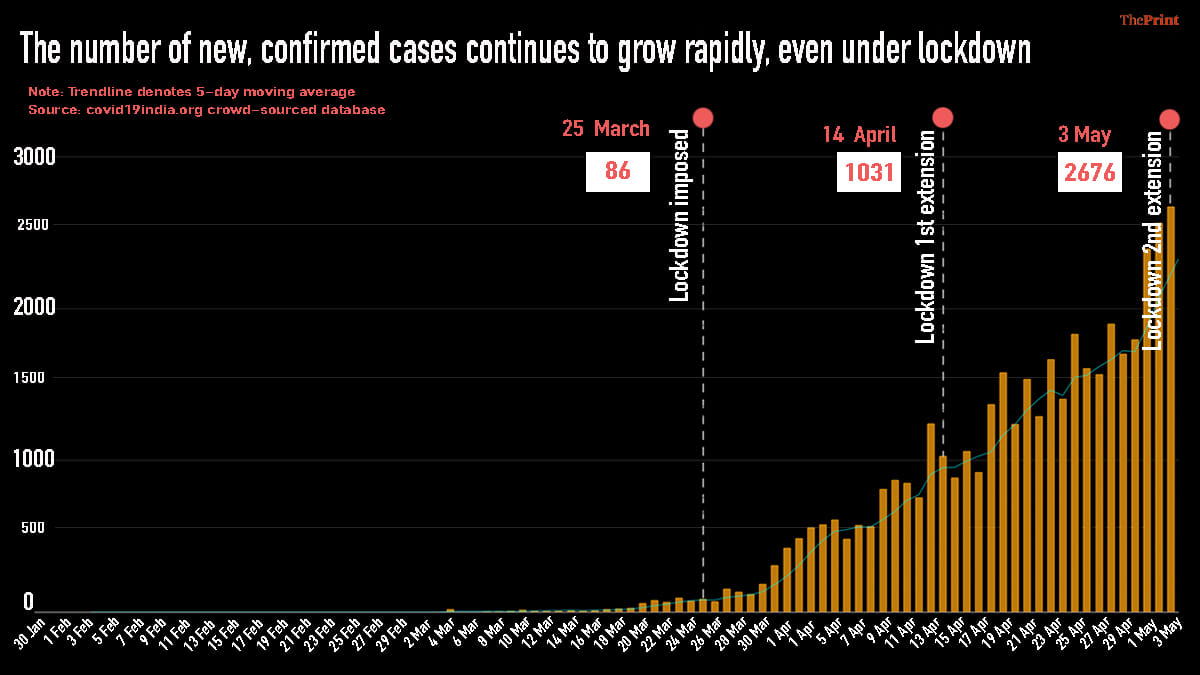
India Spend notes that unlike India, eight other countries under lockdown saw a decline in new cases during this period.
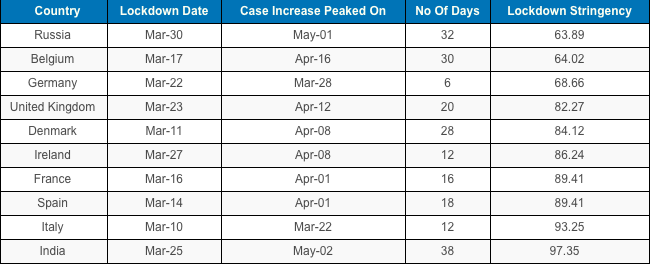
The third metric is whether the rate of growth of new cases has slowed, and what the level of infectiousness of the disease is. The doubling time is once again one of the government’s preferred metrics. This indicator shows that some states are succeeding at substantially lowering the time it takes to double the number of total cases, but in several others, this remains an area of concern.
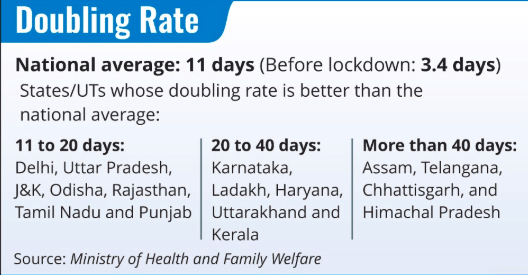
“What we would want is that the basic reproduction number goes below one before the lockdown is lifted,” said Dr Giridhar Babu, an epidemiologist at the Public Health Foundation of India. That is the number of people each infected person infects on an average. It is not just a good measure of how fast the virus is spreading, but also of its prospects. Bringing the R number below one is an important step towards stopping the spread of coronavirus. As of last week, scientists at the Institute of Mathematical Sciences, Chennai, estimated that India’s number was still 1.29.
Also Read: This is how India’s Left and Right read Covid-19 numbers differently
Health infrastructure and testing
The fourth metric is if the government has utilised this time to ramp up health infrastructure successfully to meet the requirements of a possible spike in Covid-19 cases when the lockdown is lifted. But a presentation given on 1 May by P. D. Vaghela, chairman of Empowered Group Three, shows that India is still playing catch-up. Moreover, there are reports of several cities already functioning at surge capacity — Mumbai in particular.
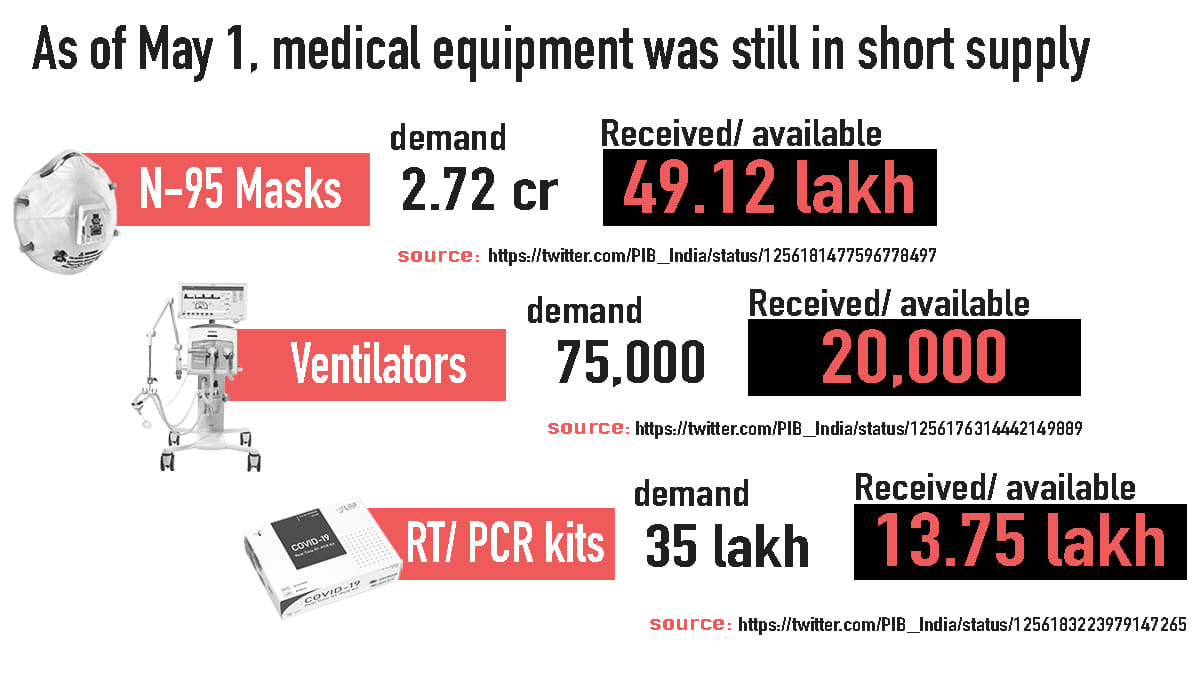
And the last metric — the key one, according to Giridhar Babu — is to get a sense of whether we have managed to broadly identify and contain most infections. “We already know from some states that they are doing a good job of identifying cases, doing contact tracing, and really trying to contain all cases. But then there are districts, which have reported zero cases, or places, which have reported one death and no cases. There is a real problem there,” says Babu. According to him, states should have also been testing patients with Severe Acute Respiratory Illness (SARI) for Covid-19 on an urgent basis. He said that despite having this information, poorer states have been slow to test patients, leaving the possibility of undetected Covid-19 cases in the states open.
So, was the lockdown a success in containing the spread of Covid-19? The answer could well turn out to be yes, but the government must be honest in its choice and use of indicator.
The author is a Chennai-based data journalist. Views are personal.



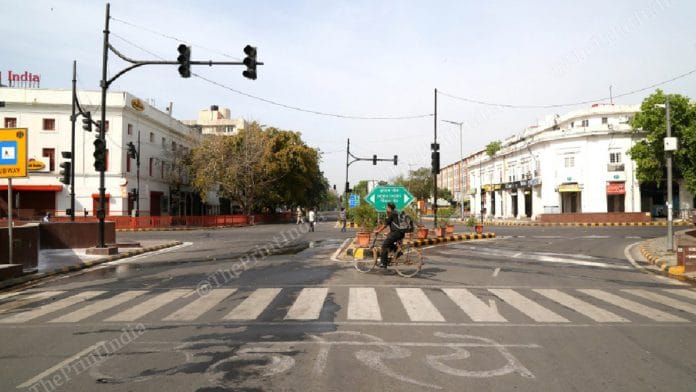



We flattened the wrong curve. GDP curve is flattened. The strategy of leaving the decision for lockdown to states and local bodies as done right now would have been done after first lockdown.
I have seen a lot of moronic diatribes from usual hate monging prepaid news trade operatives, but this one is as close to stinking gutter as it can get. Written merely to write with no conviction, no research and no encounter whatsoever with ground reality. Absolute Bull Grade Crap.
How is the government dishonest in this? You haven’t showed any proof of dishonesty , yet you claim that govt is dishonest. There are many metrics, and you seem to showcase then ones that aren’t very meaningful either. Our doubling rate has reduced drastically, yet you want to mention reproducibility should reach 1.0, which is much harder in India.
Please spare your readers the pain. Be brief. State that the lock down is a total failure.
SoniaG & RahulG pay you to say it………… so say it!!!